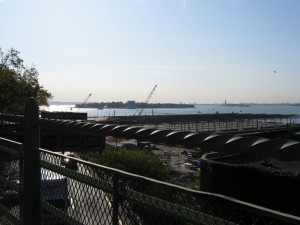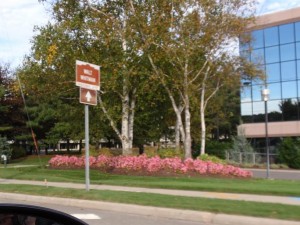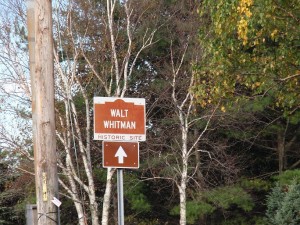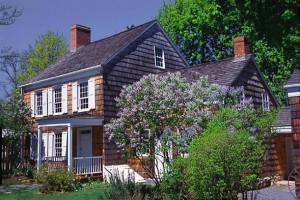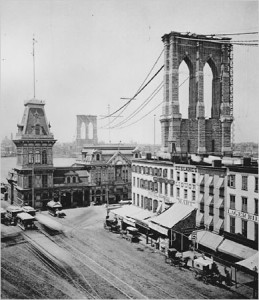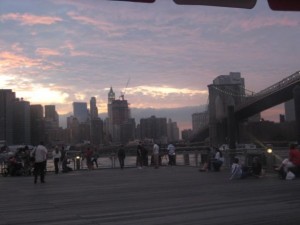Jennifer for October 6
Walt Whitmanãs New Yorkô
In Walt Whitmanãs New York, on page 115, Whitman includes an article about one of the largest fires that occurred in Brooklyn in the early 1800ãs. He states that ãprobably the largest and most destructive that ever occurred here up to its date, or during a number of years afterward.ã This mustãve been a great fright to Whitman and everyone living in New York during that time because there was no ambulances , or fast medical help, although there was fire trucks,ô Whitman writes that ãin those times they had only the two fire engines,ã I am sure they didnãt do much to take down the fire. Whitman also states that ãin 1795, the number of firemen was increased to thirty.ã This destructive fire occurred in 1806, therefore there wouldãve only been thirty firemen to help save the fire. ô Along with two fire trucks.
I think Whitman is writing about this incident because he wants us to get a sense of how astonishing this fire caused everyone to be.ô Not only did he include the article of the fire, Whitman also includes a list of following everything that was destroyed. The list mainly includes barns, houses and stables. This fire mustãve been one of the largest because even today Iãve not read an article on Brooklyn where the fire was so destructive that the land damaged can be compared to barns and stables.
ô I can see why this was a big shock at the time, because as Whitman quotes ã..they had a few axes and a couple of ladders, Of course, this will seem almost ridiculous to our modern Brooklyn fire laddies, with their costly and beautiful machines.ã Back in the day, fire ladders were considered modern. As compared to day, we have motorized ladders. ô
According to Wikipedia.Com,
A modern fire engine is usually a multi-purpose vehicle carrying professionals and equipment for a wide range of fire-fighting and rescue tasks. Therefore, most fire engines carry equipment such as ladders, pike poles, axes and cutting equipment, halligan bars, fire extinguishers, ventilating equipment, floodlights, hose ramps, breathing apparatus (BA) and general tools. Many fire appliances are based on standard truck or lorry models with heavy duty suspensions, brakes, tires, alternator, transmission and cooling systems; audible and visual warnings such as sirens, horns, and flashing lights, and a two way radio.
As compared to an old fire engine, according to Whitman,
The above engine stood about three feet in height, was eight feet in length, three in width, and two and a half in depth. It was what is termed a long-stroke engine, and worked easy, throwing a steam 60 feet, through a pipe of three-quarter inch nozzle, of six feet length. Neither hose nor suctions were used, the supply of water being furnished in buckets, by hand, poured into the box. The box held 180 gallons.
A modern fire engine compared to an old one, I look at it like, comparing a modern car to a future car that can fly and drive across water. From the descriptions of each fire engine, modern and past, we can see why the fire of 1806 was so destructive; the equipments at the time werenãt able to handle the fire, where as today, we have more enhanced fire equipments to help us in case of fires.
Here is an image of a brooklyn fire department in the 1800’s.
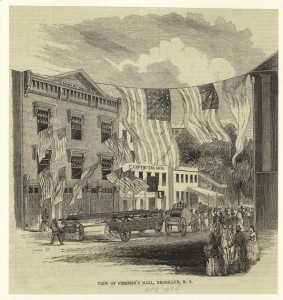
Here is an image ofô a fire truck in front of it’s department in brooklyn, today.
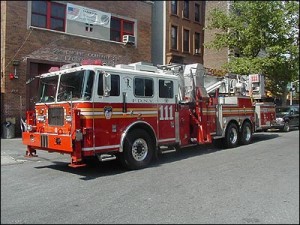
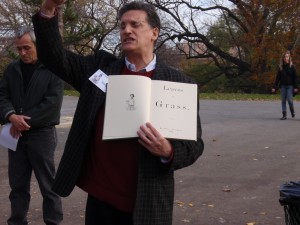
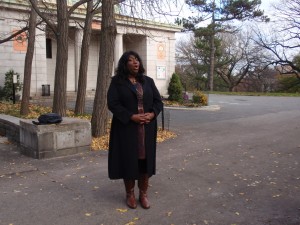
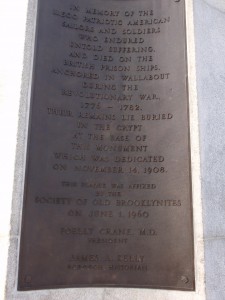
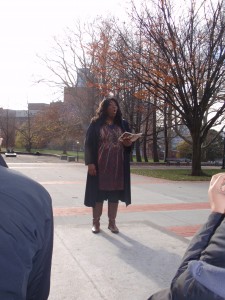
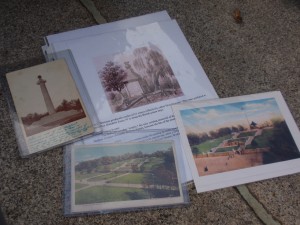
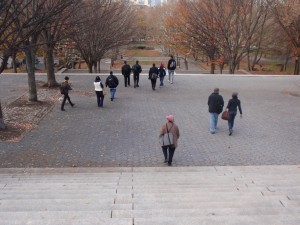
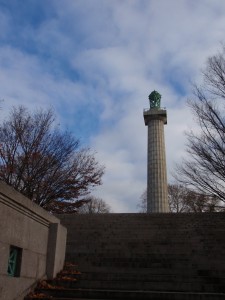

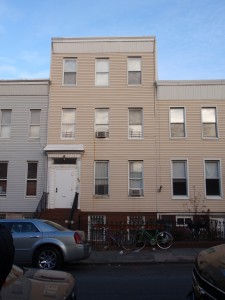
 source:
source: 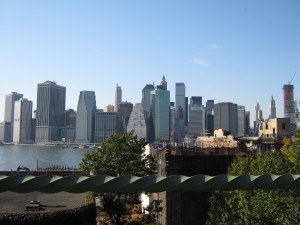 The pictures I took only shows minimal scenery of what the Brooklyn Promenade has to offer, but we can still see the Manhattan skyline and clear skies.
The pictures I took only shows minimal scenery of what the Brooklyn Promenade has to offer, but we can still see the Manhattan skyline and clear skies.